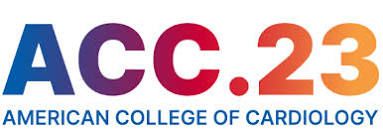
Heart Failure
Latest News

Latest Videos

CME Content
More News

Potential disparities in care highlight the great need for tailored cardiovascular health (CVH) interventions among bisexual female individuals, according to a recent study.
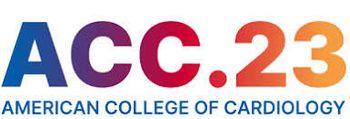
Results from the CLEAR Outcomes trial were presented today at the 72nd American College of Cardiology (ACC) Scientific Session Together With the World Congress of Cardiology. Plans for a broader label are in the works.

Braden Manns, MD, MSc, a nephrologist and health economics researcher at the University of Calgary in Canada, will present the results of a randomized trial evaluating the impact of removing co-payments for drugs that treat chronic conditions on cardiovascular outcomes during the American College of Cardiology Scientific Sessions in New Orleans, Louisiana, on Sunday, March 5.

Outcomes from the loop diuretics were compared in this analysis, with study participants from the TRANSFORM-HF trial matched 1:1, all having been hospitalized for either do novo disease or worsening chronic disease.

Tochi M. Okwuosa, DO, Rush University Medical Center, discusses ways in which cancer treatments can adversely affect heart health outcomes for patients under the care of oncologists.

Patients with heart failure and high comorbidity burdens who received postdischarge noninvasive telemonitoring and nurse telephone coaching showed better survival outcomes than those who received standard care.

Implications of these findings include a more clear understanding of the burden imposed by heart failure (HF), which encompasses the cost of care and adverse health outcomes.
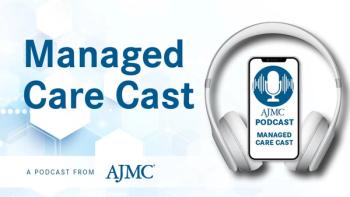
On this episode of Managed Care Cast, we speak with Tom Stanis, CEO and cofounder of Story Health, and Phillip Wood, Intermountain Ventures program director, on how their partnership came about, how it is going so far, and the future of their collaboration.

Tochi M. Okwuosa, DO, cardiologist and director of cardio-oncology at Rush University Medical, discusses the multidisciplinary process that underlies caring for patients with cancer who may develop heart damage.

Investigators found a higher overall health care burden among a large cohort of patients despite their recovery from sepsis, with potential long-term implications and higher risk of cardiovascular disease.
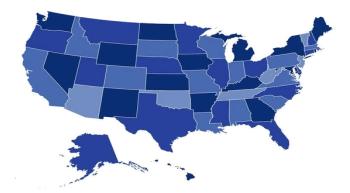
Using data from the Southern Community Cohort Study, investigators compared outcomes between Black and White participants for heart failure risk.

Pharmaceutical companies would have to spend a lot of money on pediatric anticoagulation studies for diseases that are rare among these patients, explained Michael A. Portman, MD, FAHA, of Seattle Children's Hospital.

This new investigation serves to update decades-old data on patient eligibility for and participation in cardiac rehabilitation programs.

During an interview at the 2022 American Heart Association Scientific Sessions in Chicago, Michael A. Portman, MD, FAHA, Seattle Children's Hospital addressed how cardiac disease presents in pediatric vs adult patients.

Patients included in this subanalysis of data from the REHAB-HF trial were 60 years and older and had been hospitalized for acute decompensated heart failure.

Michael Paull, MD, medical director of primary/urgent care and continuous improvement at the Vancouver Clinic (TVC), explained how TVC was able to improve its hypertension metrics to align with CMS' targets.

The efficacy and safety of sacubitril/valsartan, the angiotensin receptor neprilysin inhibitor, was investigated among a patient population who had heart failure with preserved ejection fraction (HFpEF) and currently receiving maintenance hemodialysis (MHD).

Experts Issue Caution for Evolocumab Following New Review of FOURIER Data; Amgen Disputes the Claims
Investigators writing in BMJ Open called for “a complete restoration of FOURIER trial data.” Amgen, the maker of evolocumab, said it stood by the data.
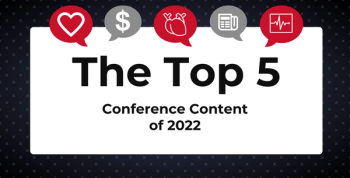
The American Journal of Managed Care® covered thousands of miles in 2022, virtually and in person, criss-crossing the country and the world to deliver the latest clinical data, trial results, and drug developments.
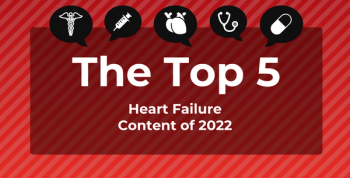
In heart failure this year, value-based care, left ventricular ejection fraction, and disease prevention were among the most popular topics discussed.

At this year’s American Heart Association (AHA) Scientific Sessions, held November 5-7 in Chicago, Illinois, hot topics for discussion included VICTORIA trial data and the great need for new antihypertensive agents to reduce health care disparities.

Initial data on NTLA-2001, which is a novel investigative intravenous agent that works to prevent development of cardiac transthyretin (ATTR) amyloidosis by targeting the TTR gene and TTR protein levels, were presented at this year’s American Heart Association’s Scientific Sessions in Chicago.

The American College of Cardiology’s 71st Scientific Session covered how to address the impact of social determinants of health on cardiovascular outcomes, understanding the latest developments in digital health, and the role of COVID-19 on heart health.

This analysis evaluates the relationship between hospital care delivery network fragmentation and in-hospital and 90-day outcomes. These networks may be novel targets for improving outcomes.

Predictive analytics–driven disease management outperforms standard of care among patients with chronic heart failure.



